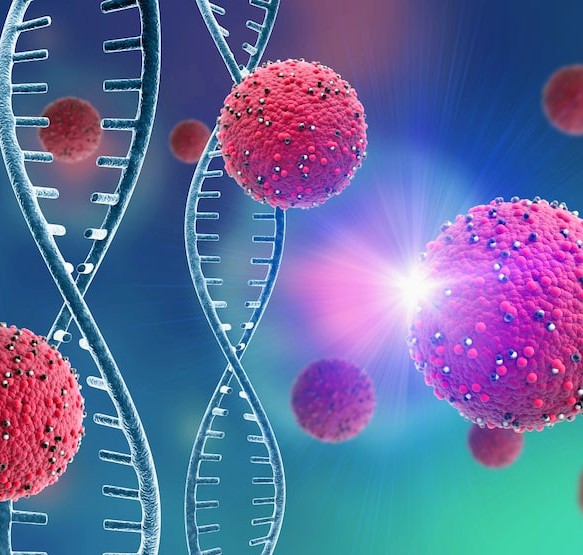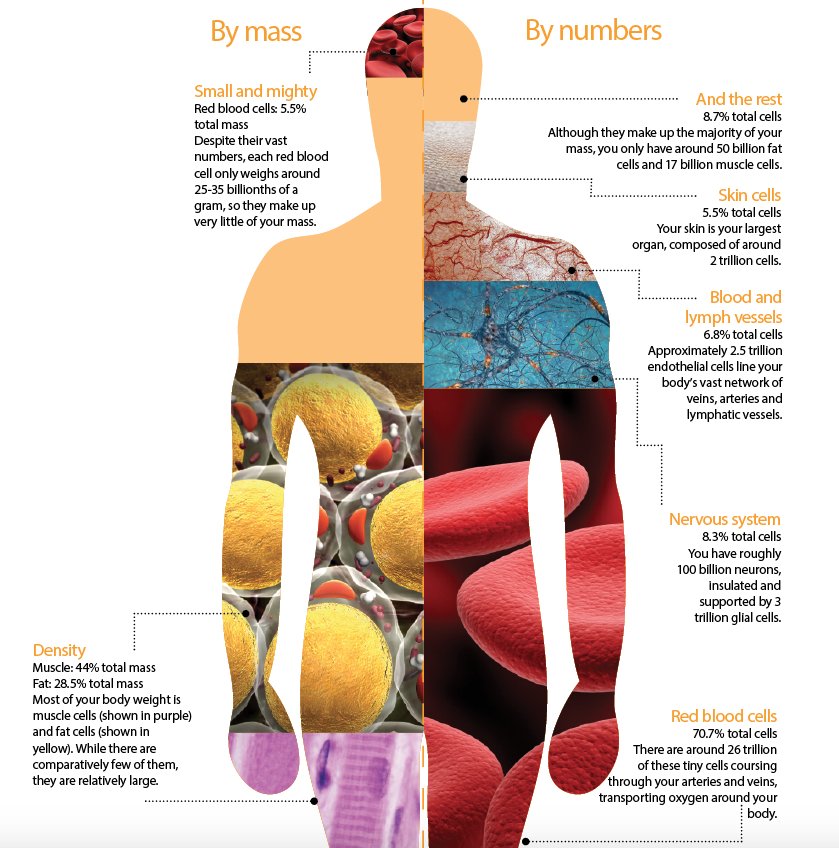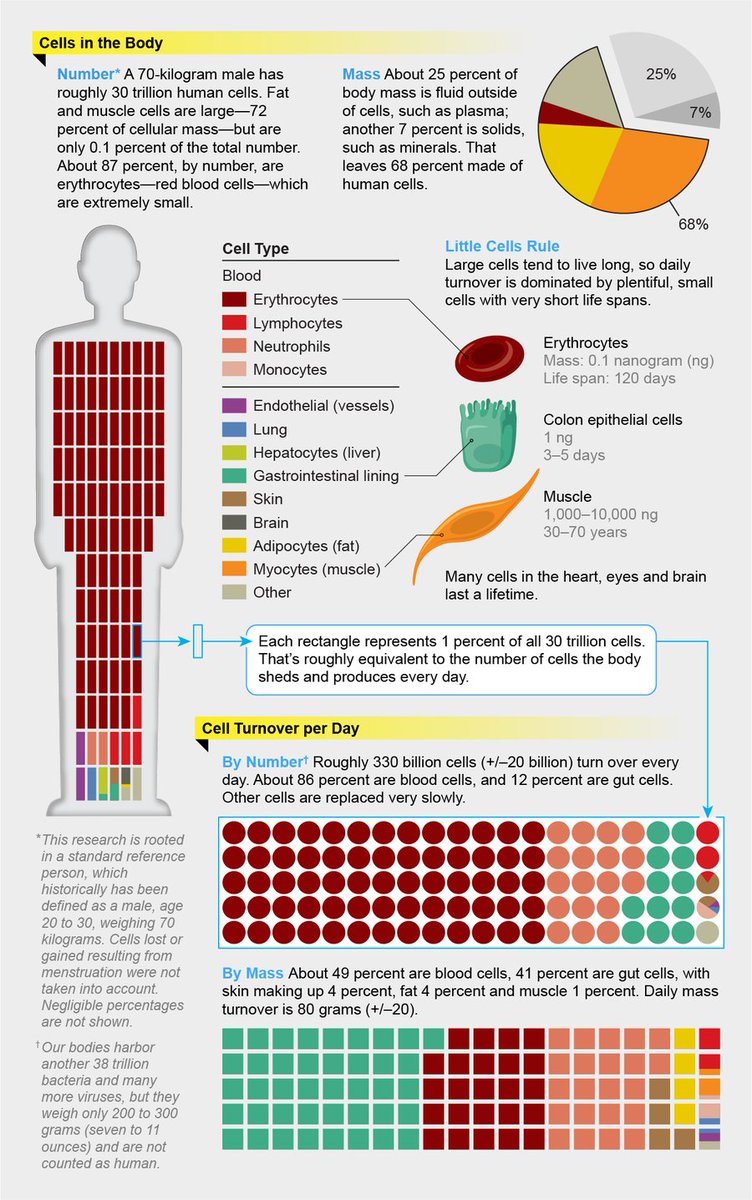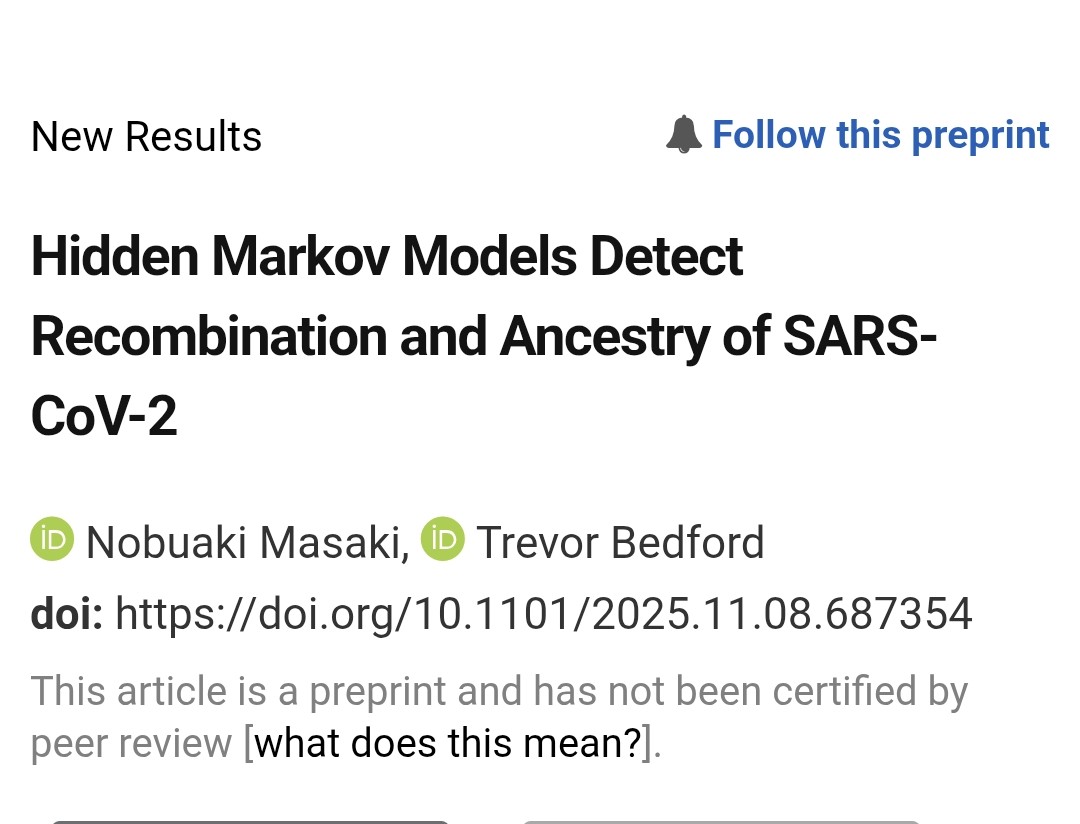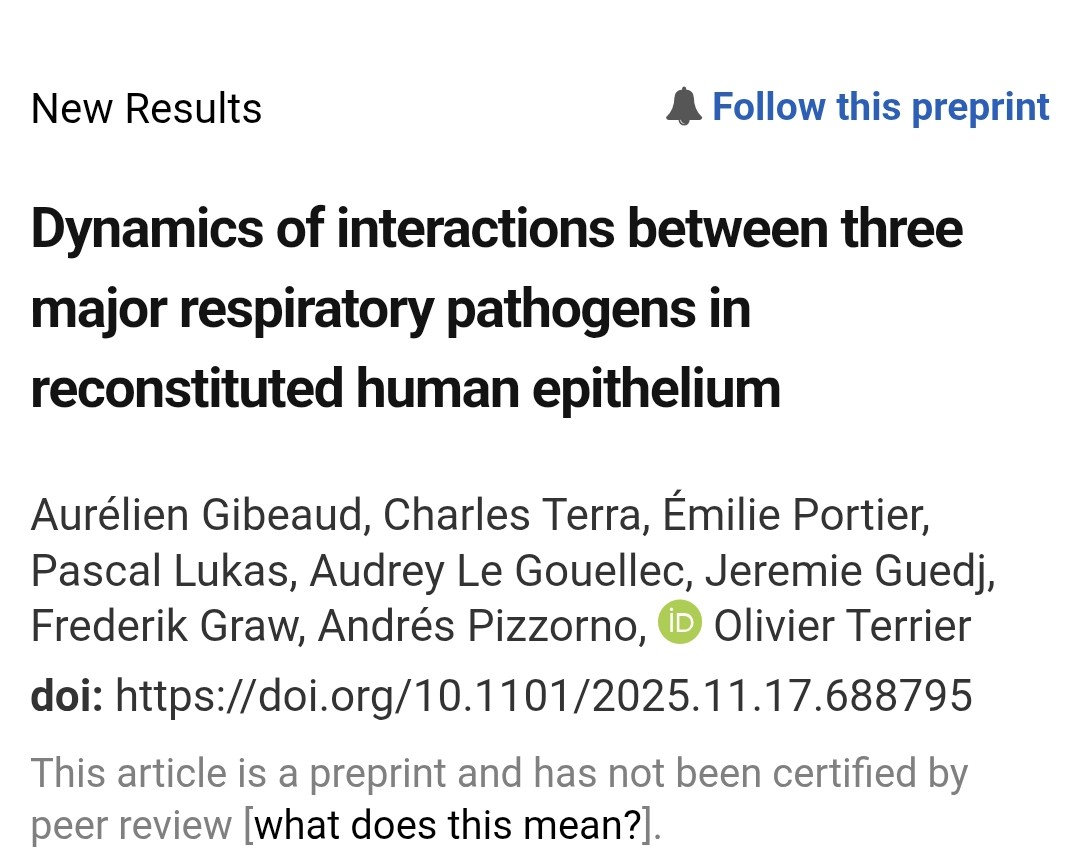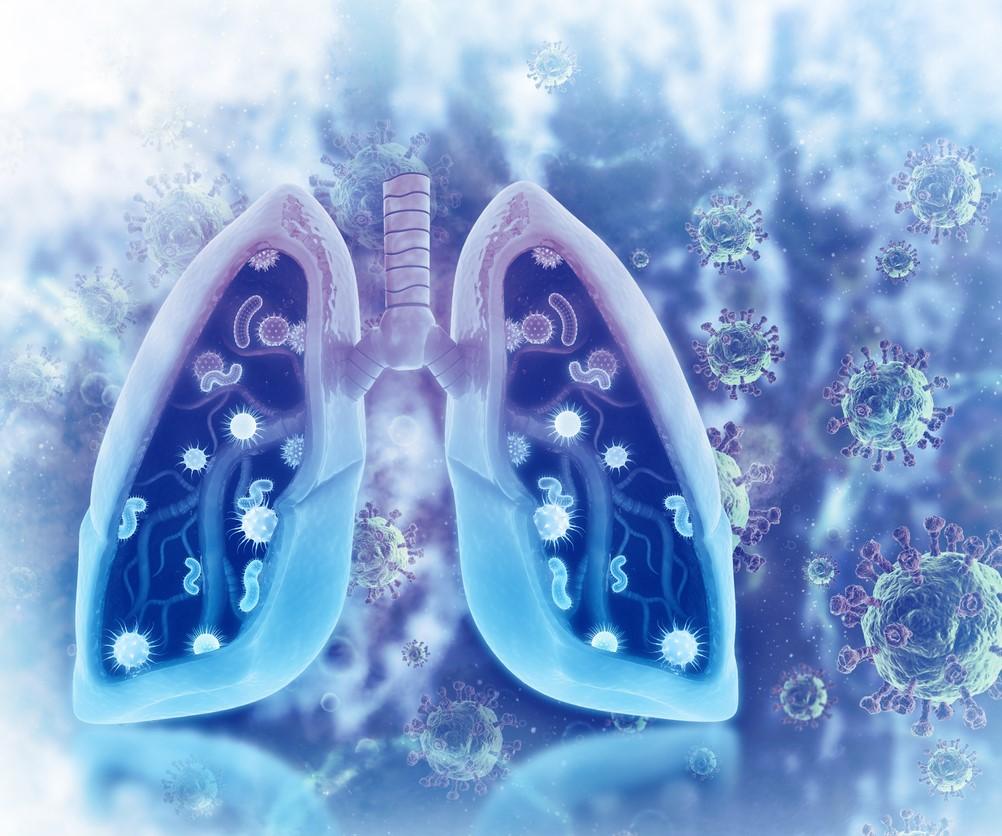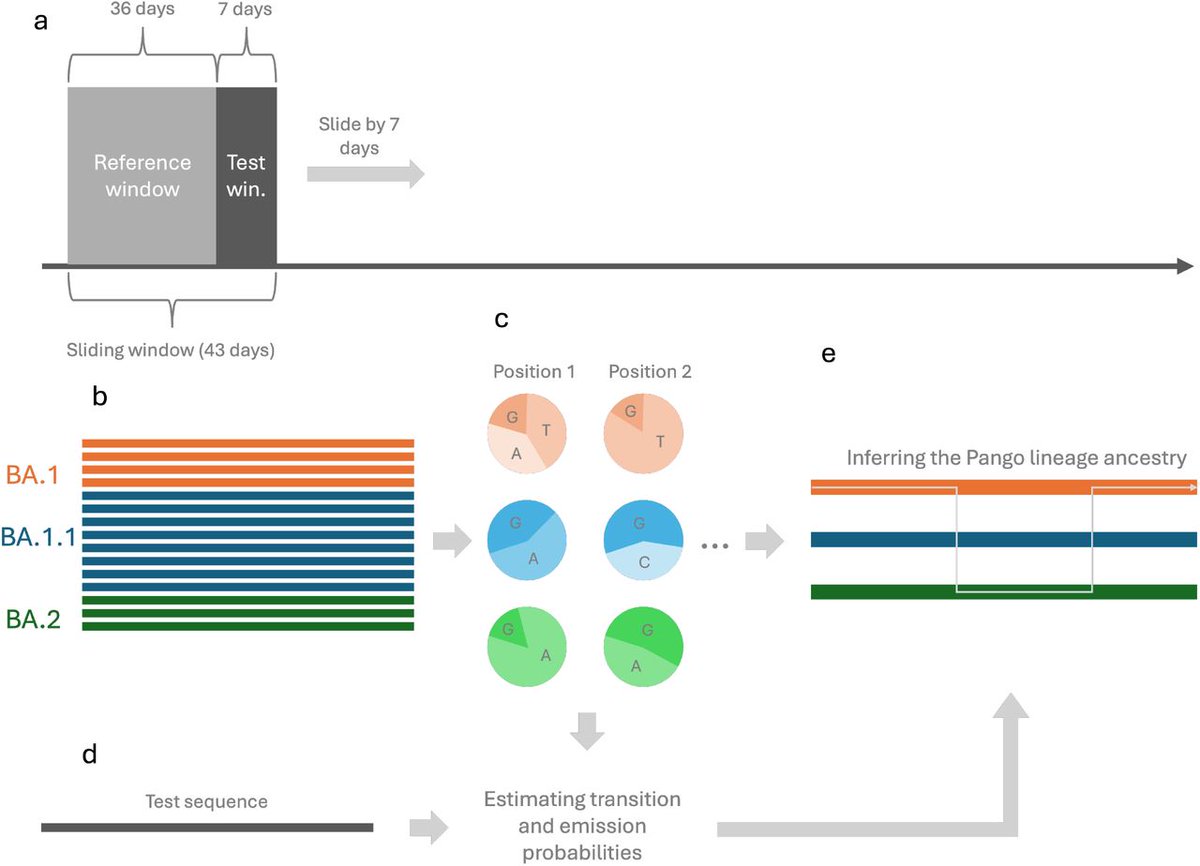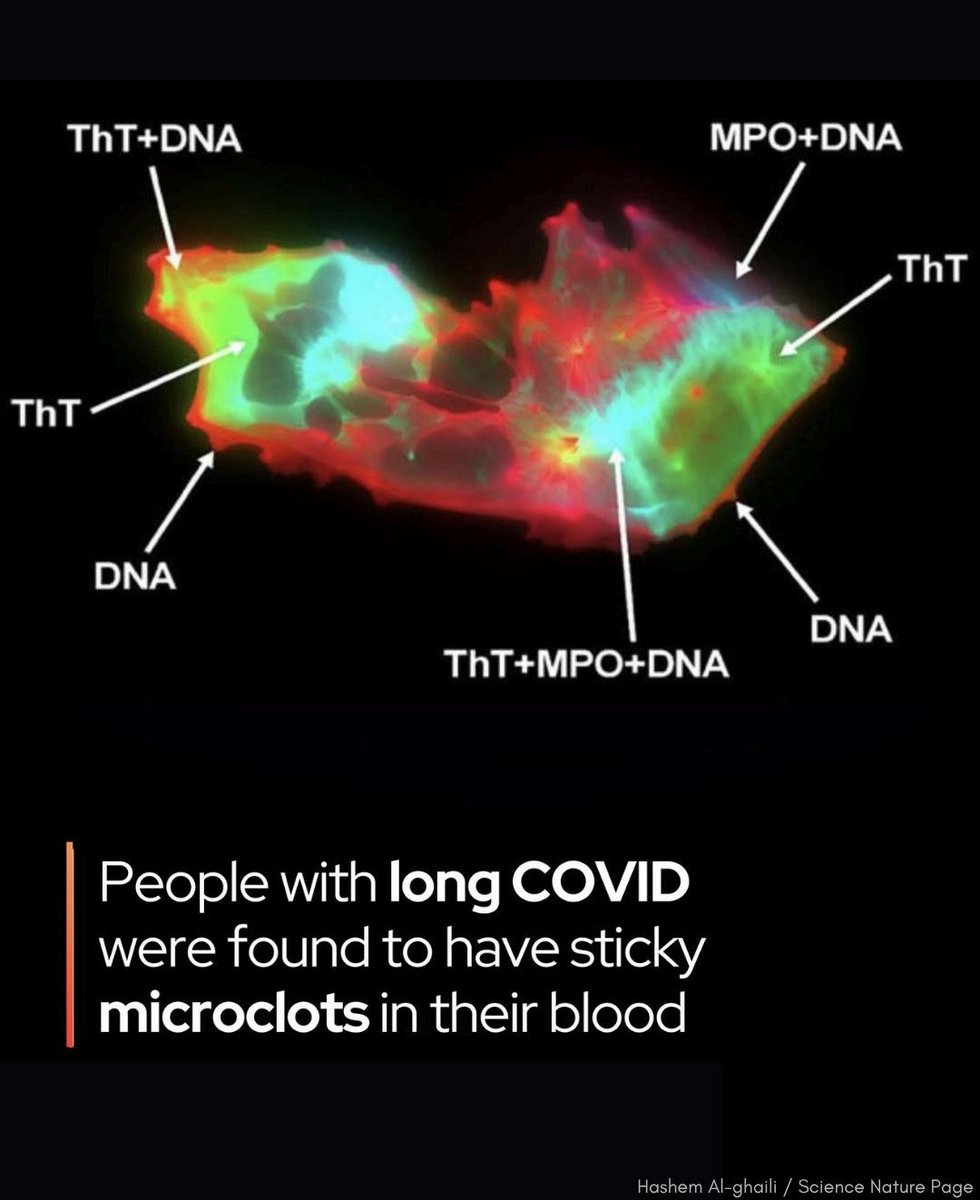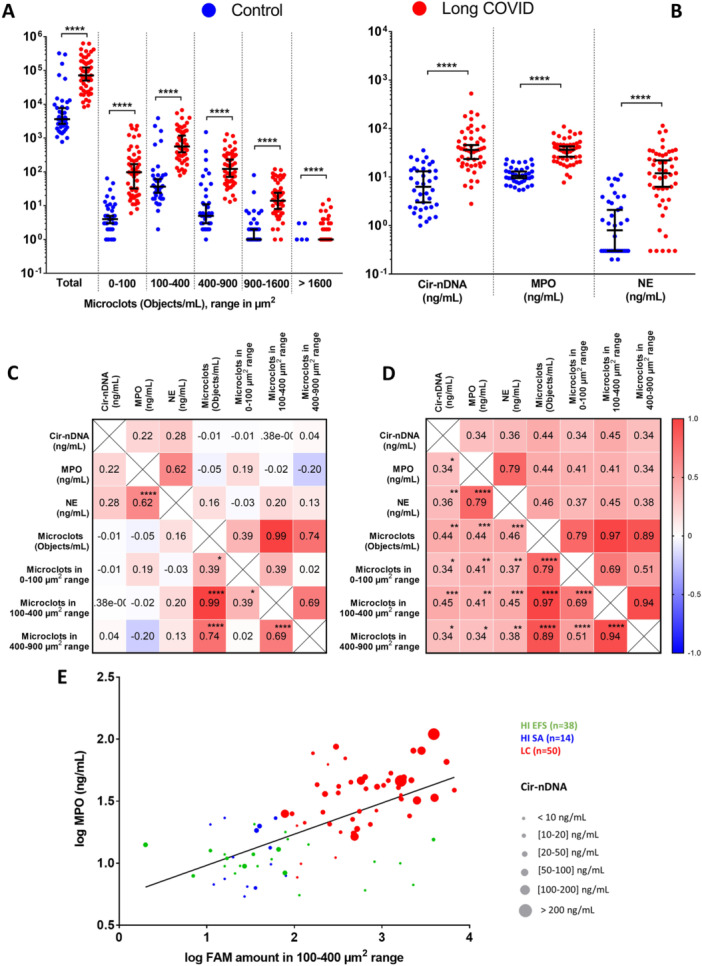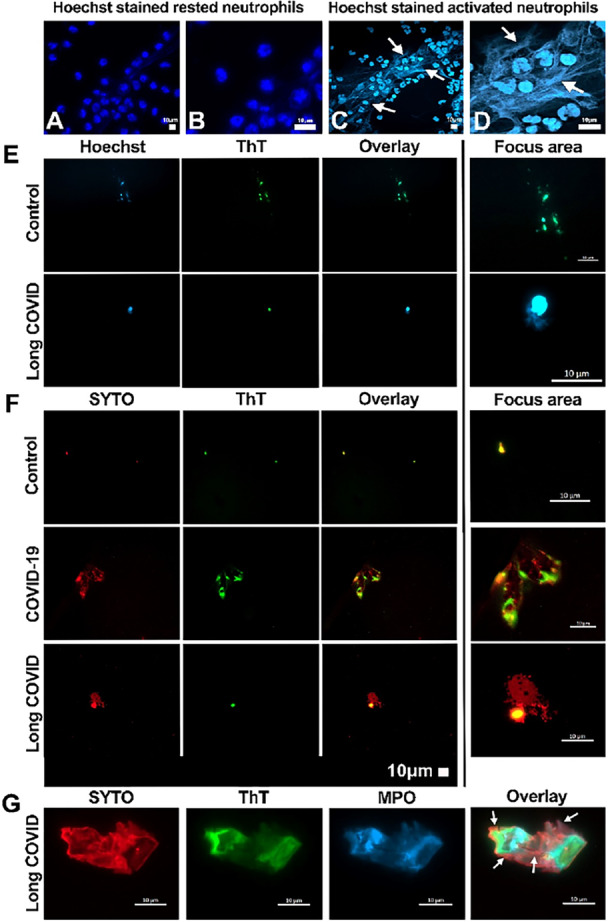The risk of COGNITIVE DECLINE and DEMENTIA in OLDER ADULTS DIAGNOSED with COVID-19
A systematic review and meta-analysis + mega-thread 🧵
Thanks to @DavidJoffe64
sciencedirect.com/science/articl…

A systematic review and meta-analysis + mega-thread 🧵
Thanks to @DavidJoffe64
sciencedirect.com/science/articl…

2) This meta-analysis (18 studies, 412,957 patients) found that older adults (aged ≥65 years) diagnosed with COVID-19 are at significant risk of developing cognitive impairment. The overall mean MoCA score for COVID patients was 23.34 out of 30, indicating cognitive impairment. 

3) 65% of COVID-19 patients were identified as having new-onset cognitive impairment based on MoCA scores.
Importantly, the study found that time since COVID-19 infection impacts cognitive outcomes. Patients assessed within 3 months of infection had lower MoCA scores and ...
Importantly, the study found that time since COVID-19 infection impacts cognitive outcomes. Patients assessed within 3 months of infection had lower MoCA scores and ...

4) ... a higher proportion of cognitive impairment compared to those assessed 3 months or more after infection. This suggests some cognitive recovery over time.
The review also examined the link between COVID-19 and dementia.
The review also examined the link between COVID-19 and dementia.

5) Several studies reported an increased risk of new-onset dementia in COVID-19 patients compared to controls, as well as accelerated cognitive decline in those with pre-existing dementia. 

6) Overall, the findings indicate that cognitive impairment is an important sequela of COVID-19, especially in older adults. The authors call for further research to fully understand the long-term cognitive impacts of COVID-19.
Thanks for reading 🙏
Thanks for reading 🙏
7) Others threads 👇
https://x.com/ejustin46/status/1818676696746176685?t=TRHiGvsCURlOP3g73BNPKg&s=19
• • •
Missing some Tweet in this thread? You can try to
force a refresh


